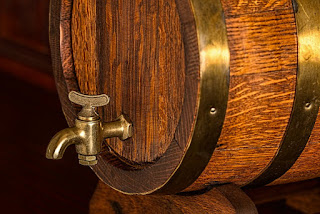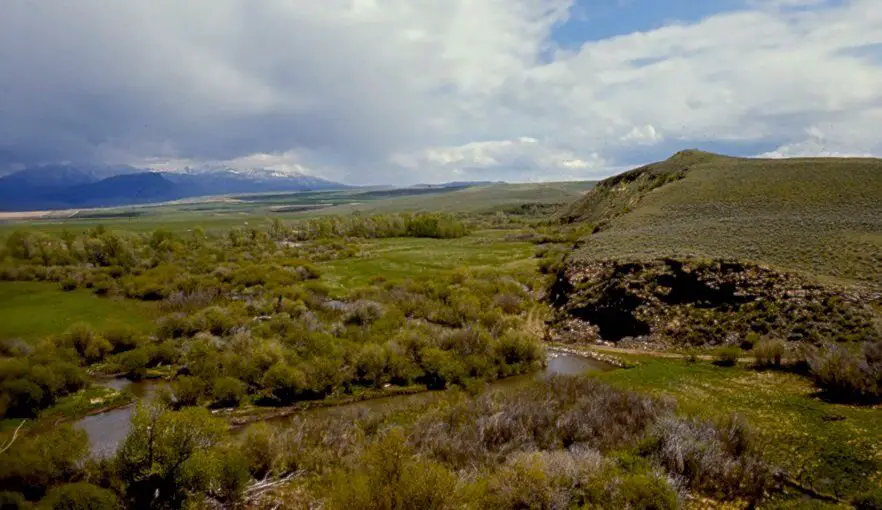William Bean House
William Bean was born September 18, 1792. It is believed he was born in Baltimore, Maryland.
By the time the Civil War rolled around, he was getting up in years. He was part of the "Home Guard", a group of the elderly and very young (too young for fighting in the War) that helped to protect and keep the peace in the mountains where they lived.
Because they lived in a little community called Waiteville, they were nearly isolated from West Virginia, although a part of that state. Waiteville today is still isolated from the rest of West Virginia. If you look at the southeastern portion of the state, in Monroe County, you will see a little dogleg shaped area and it is here that Waiteville sits. To the east, west and south sit Virginia. To the north is Peter's Mountain that separates the tiny community from the rest of West Virginia. During the war torn era, it must have been terrible for those left to survive without their men to protect them! They couldn't rely upon the state, and were at a disadvantage with the Confederacy at their doorstep. And yet, the Union armies marched right through as well. The community itself was torn between allegiances. Families were split on their ideas. William Bean's was no exception.
They were also often called upon to supply both armies with food and livestock. There are many tales I could tell about the terrors from that. But they were also plagued with renegade deserters. Those from the North trying to get back North, and those from the South trying to get back to the South.
On this particular occasion, a troop of soldiers were spotted heading toward the community. Someone came riding to Bean's place and told him to hide his goods to prevent the troops from taking them. As a precaution, cattle and hogs had been taken into pastures and pens up in the mountains in the woods. Food stuff was hidden, except for enough to get by for a few days at a time, just for such times as this. Usually buried in a pit in the woods and disguised.
Well, old Bean had recently converted his funds from paper into gold and had not hid this as yet. Not having time to go himself, he sent his daughter to go and hide it. The story is he told her exactly where to hide it. But then, later, both "forgot" where it was hidden. (How two of you could forget it makes the whole thing sound suspicious, but so the tale goes.) Later, when they went to get it, they couldn't find it. (I have my theories, but won't discuss that here at this time. We'll save that for another day.)
For years and years there were family members who dug holes throughout the property looking for the gold. And one day, I believe it was either in the late 1940's or early 1950's, someone decided to check out the boggy area. Not really a swamp, but "mushy" ground. And they decided to use a metal detector.
They searched for days and days. And just when they were about to give up, there was detection! It was deep. And so they began to dig. And they dug. After awhile, the individual got tired and enlisted help. Eventually, after two days of digging they struck something iron. Excited they dug until they uncovered the object. Fully expecting an iron chest filled with gold bars, you can only imagine their disappointment when the object finally pulled from the bog was a rusted out wood burning cook stove! And no, there was no gold hidden inside.
To this day no one knows exactly what happened to the gold. And Bean was a very wealthy man! But there are rumors and speculations. But wouldn't it have been a hoot to have been there when they dug up that big old cast iron stove? All that work for some rusty iron.




















